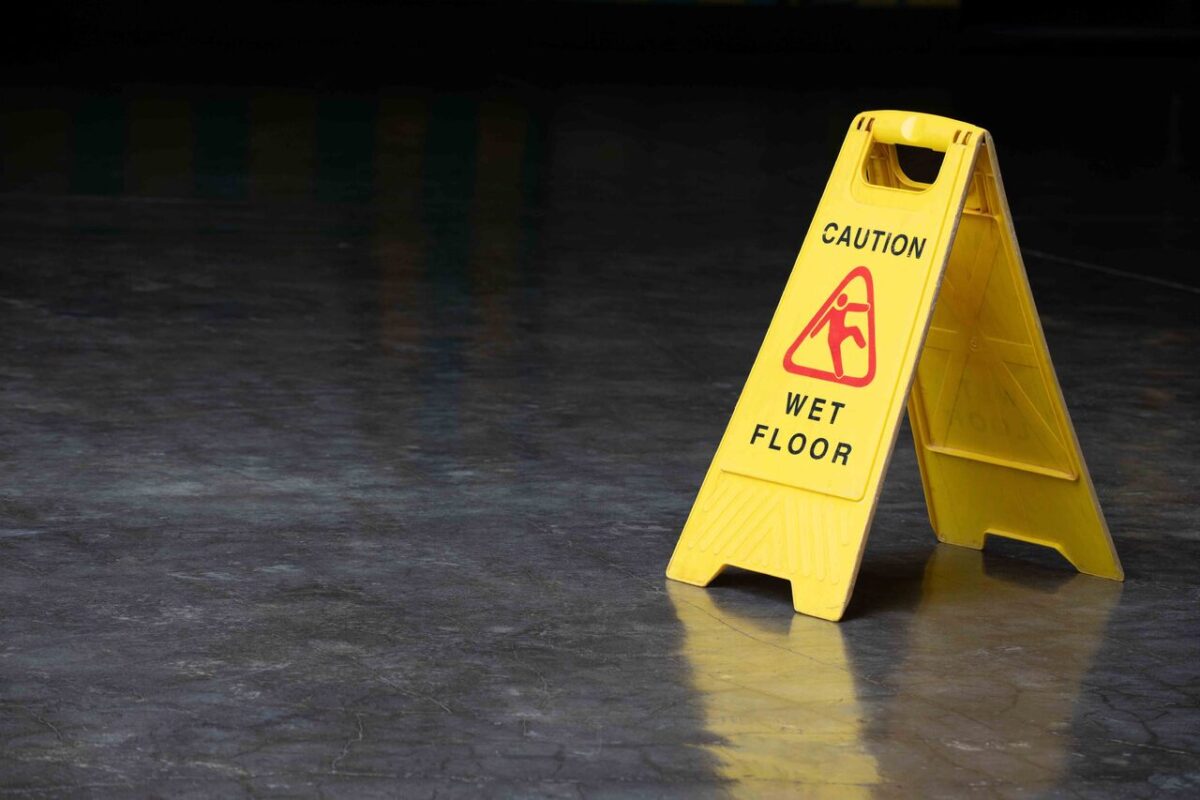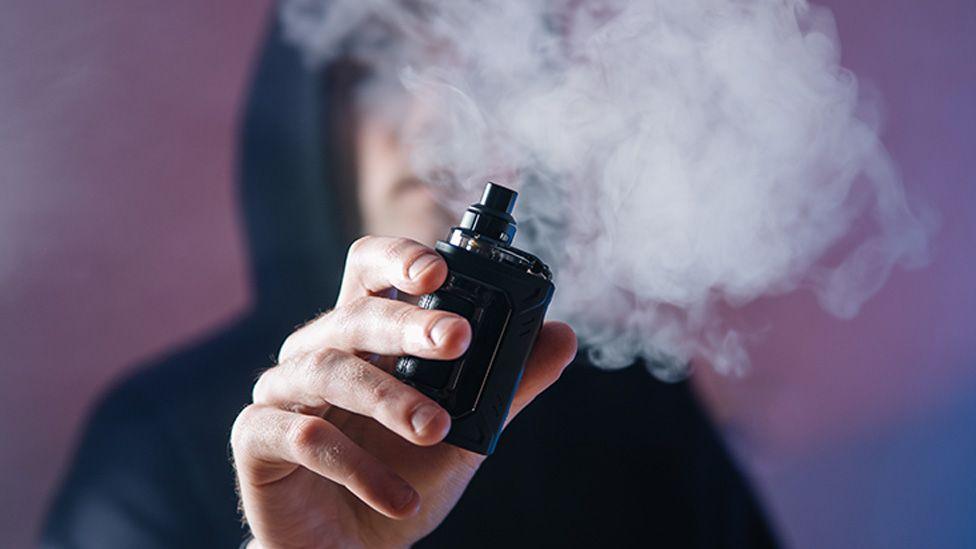A slip and fall injury may not seem like a big deal, but it can be very dangerous and lead to severe health conditions. Many people have fallen at businesses or their workplace and dismissed it only to discover back neck, and body pain in the following days. Others have not been as lucky and incurred permanent damage from the accident. According to surveys, more than 9 million people have to visit the emergency room because of accidents that happened due to slips and falls.
Unfortunately, slip and fall accidental deaths are the second leading cause of unintentional death in the US. According to CDC (Centers for Disease Control and Prevention), particularly older adults mostly become the victims of fatal and non-fatal injuries due to slip and fall accidents.
Let’s take a look at the common injuries that can happen because of slip and fall accidents.
Injuries You Can Receive During the Accident
Slip and fall accidents are self-explanatory, and they often seem minor. This disregard for the accident is often why people do not get a health check-up following an incident. There are many types of injuries that can occur following a slip and fall accident.
1. Soft Tissue Injury
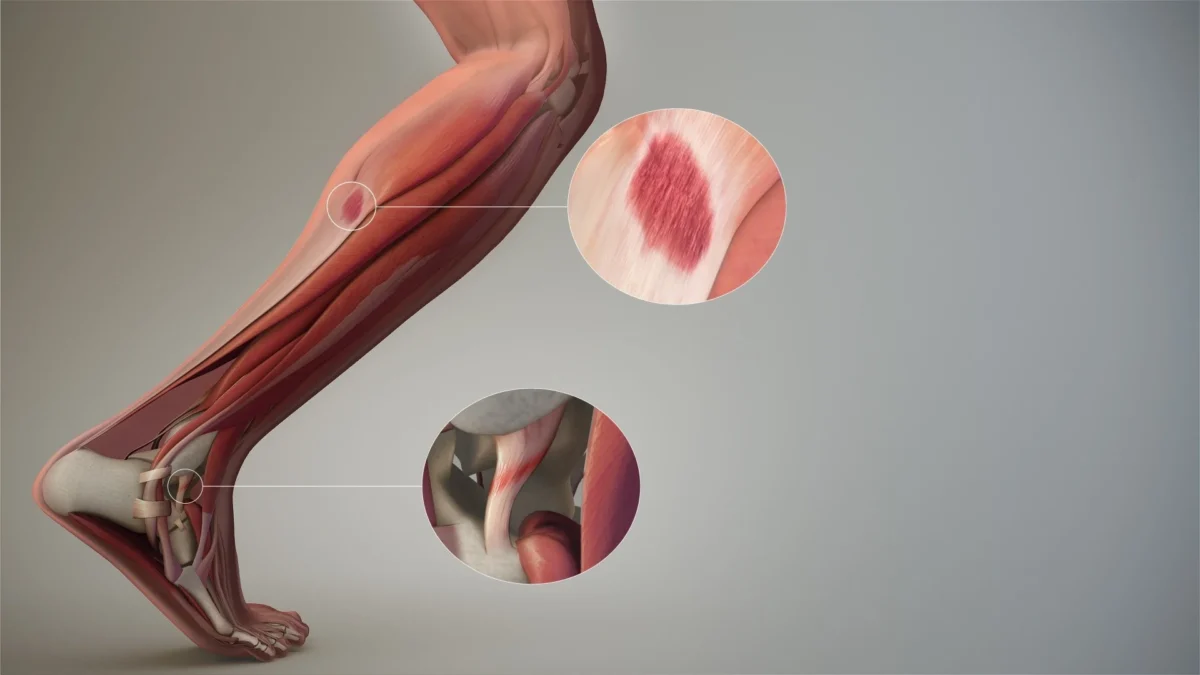
If the accident is minor, the injured person will usually experience soft tissue injuries. This type of injury cannot be observed externally, so many people will not realize they have been hurt following the accident. In addition, soft tissue injuries can be asymptomatic. The range of soft tissue injuries can be as minor as a sprain and as drastic as a tear in the ligaments. Since they cannot be observed, many people will not visit a healthcare professional. This can lead to improper healing, chronic pain, and vulnerable tissues that are prone to repeated injuries.
A milder soft tissue injury can be caused by a strange step and cushioning the fall with the arms. This can lead to a sprained ankle or wrist because the ligament tore while the victim was bracing during the fall. It is not a severe injury but can cause difficulties in daily life. Sprained ankles make movements such as walking and exercise harder, while a sprained wrist can make it impossible to cook or type.
2. Hip Fractures
Only 5% of hip fractures are not caused by a fall. If there is sharp and intense pain through the hip or groin following a fall, it is likely the person has incurred a hip fracture. The victim will be unable to tolerate any weight on the leg and hip. Most hip fractures will require intense medical care ranging from hospitalization to surgery. It is extremely dangerous for elderly victims as they may have to undergo extensive rehabilitation to regain mobility. If the fracture is severe, a surgeon may suggest replacing the hip with an artificial hip.
3. Broken Bones
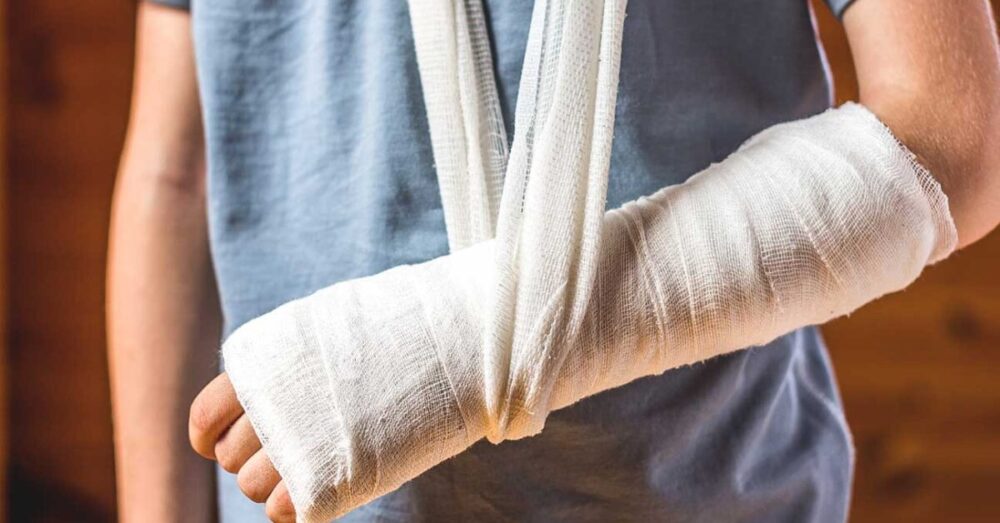
A common injury following an accident is broken bones because many victims brace themselves when they fall. This adds pressure to the bone, and if it is unable to withstand it, a fracture or more serious break will occur. The stressful force of the fall can take a toll on the body. Older victims have to be extra careful as their bones are more vulnerable to breakage.
4. Spinal Cord Injuries
On the more severe side, victims can injure their back or spinal cord. This is caused when the impact of the fall is concentrated on the vertebrae. A major fall can fracture the vertebrae or cause herniated discs. Those that suffer from back or spinal cord injuries will experience higher levels of pain than the previous injuries mentioned above. It is a very serious injury that can limit mobility either temporarily or permanently.
If a spinal cord injury occurs, the victim can experience a multitude of neurological issues and physical impairment. Paralysis is not uncommon, both temporary and permanent. Death is also a possibility for those who have injured their spinal cord during a fall. The majority of spinal cord injuries are from older adults. Elderly people should take greater care when it comes to accidents.
5. Traumatic Brain Injuries
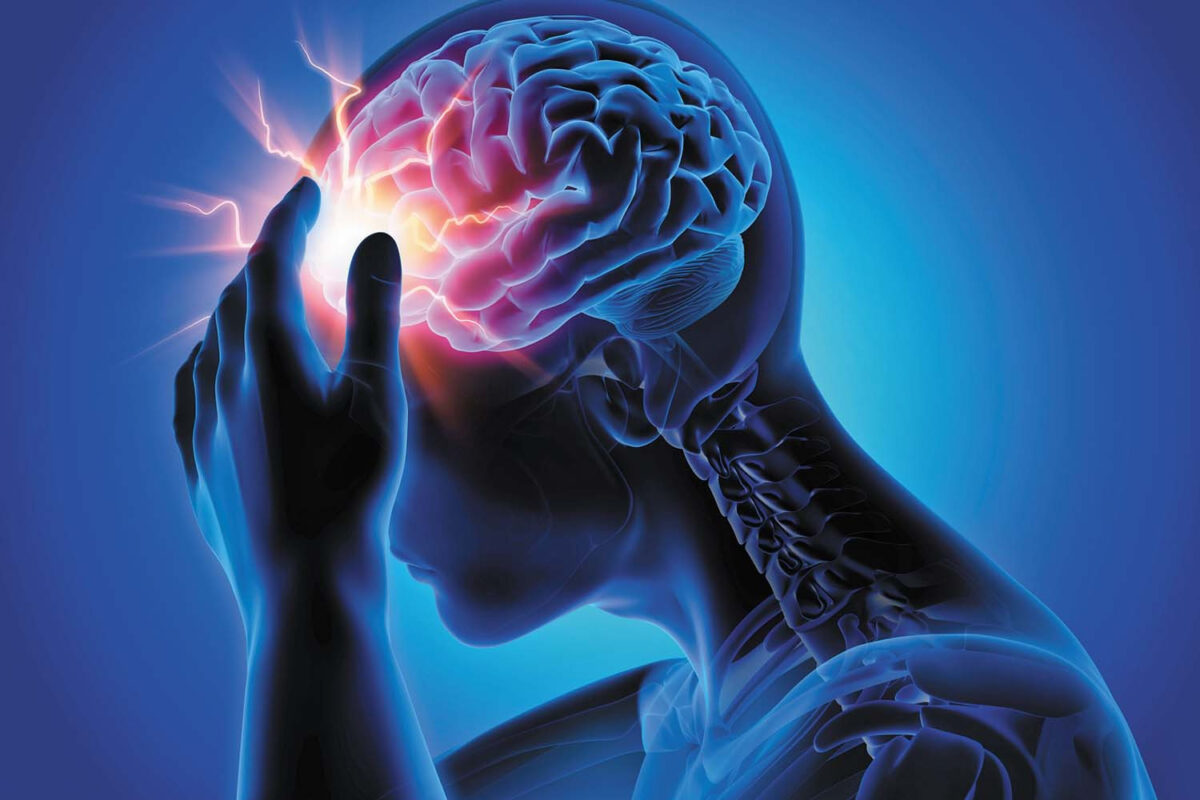
Traumatic brain injuries or TBI can happen when the injured person hit their head on the ground or any other heavy objects during the fall. Not every TBI injury is a major injury as bumps, bruises or even small concussions can be considered as TBI. On the other hand, major injuries like hematomas, skull fractures, subarachnoid hemorrhage are major TBI injuries. TBIs can have a devastating effect on a person as severe TBI injuries can cause seizures, short-term or long-term memory loss, impact brain function, and loss of bodily control.
6. Shoulder and Neck Injury
During a slip and fall, if anyone lands on their shoulder or neck then they can suffer from shoulder and neck injuries. Shoulder and neck injuries can be muscle sprain, shoulder dislocation, torn nerves, collarbone fracture, spinal injuries, and paralysis.
7. Nerve Damage
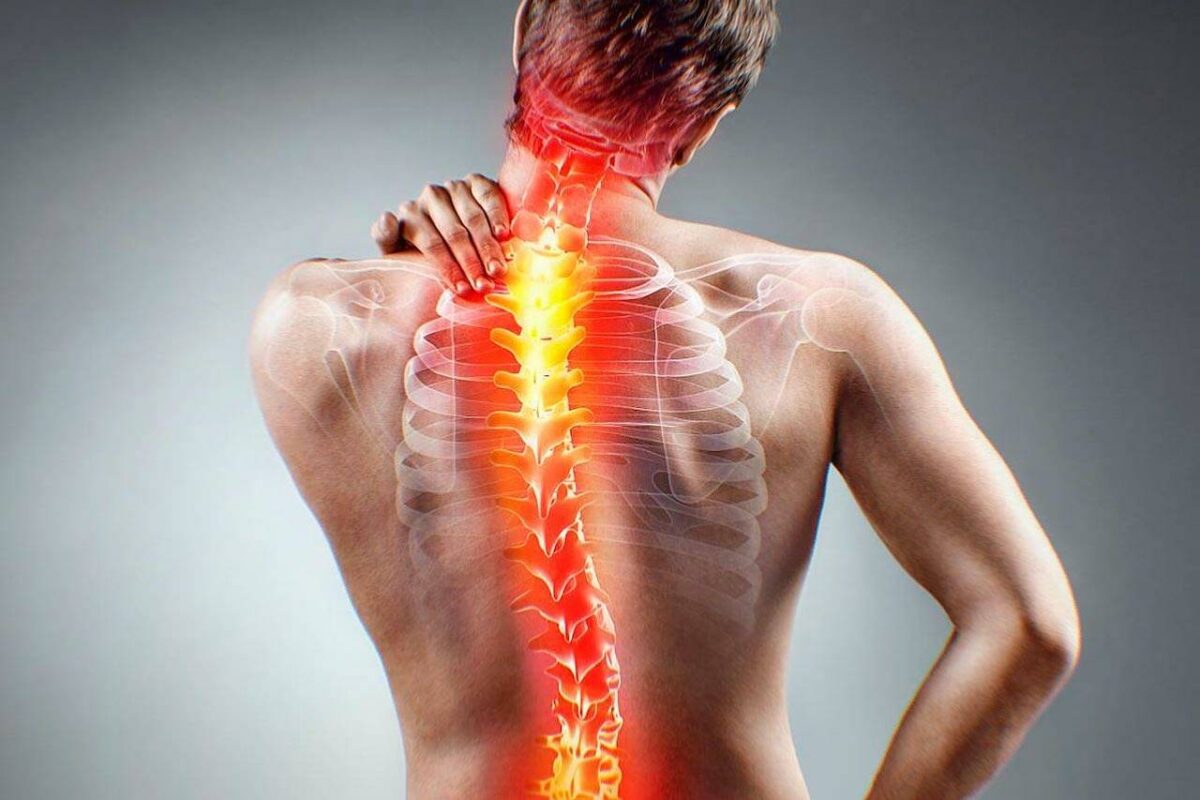
The nerve system of the human body is the most fragile part. Direct trauma, cuts, or tension caused by slip and fall can cause minor to severe nerve damage to the injured person. The damage can be permanent; however, long-term treatment can also cure the damage.
You Have Been Injured, Now What?
The first thing a victim should do is seek medical help. Some common treatments include rest, seeing a chiropractor, and surgery (if the injury is severe). CountyLineChiropractic, an accident injury clinic in Plantation Florida, believes that many victims can benefit from a customized mobility plan following an accident. Health and pain management should be at the forefront of a victim’s priorities. Victims should not allow themselves to view the accident as minor. Many major health issues can develop following an accident.
People that have fallen due to the lack of safety measures at work or at a business often brush it off and do not pursue the case, but there are clearly larger issues that can occur. It would be wise to contact a lawyer that specializes in negligence accidents to persecute the business. The case can help alleviate the victim’s financial burdens and stop the business from hurting another person.

